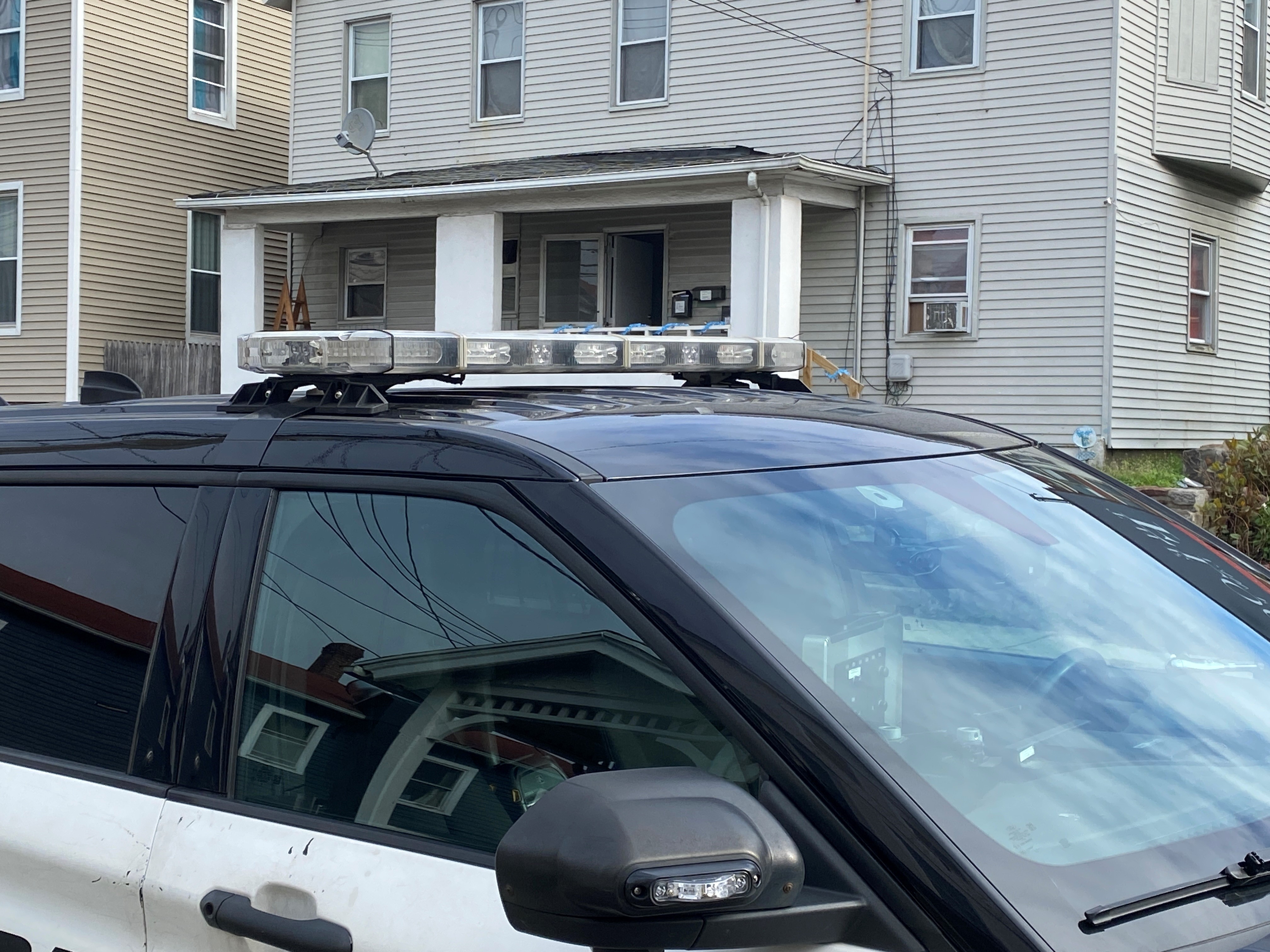Across the state, schools are facing a shortage of substitute teachers and many districts say finding a pool of qualified individuals is becoming more of a challenge.
Districts including Groton, East Lyme, Old Saybrook, Waterford and Ledyard have said it’s become more of a challenge to find qualified individuals who want a substitute job versus a full-time position in the current job market, where more people are getting jobs and more districts are hiring.
“The trend is certainly on a decline,” said Laurie LePine, human resources director at Groton Public Schools.
There is heavy focus and outreach for substitutes, including some creative solutions like working with local colleges, including nearby University of Connecticut—Avery Point, to get education students in the classroom as student-teachers and subs.
“We are probably running about 75 to 80 (substitute teachers) and a few years back we were probably closer to 100 to 120,” LePine said. “So it’s an ongoing challenge to always get that ratio up.”
The goal is to have enough substitutes for 25 percent of the workforce. Groton has about 450 teachers, LePine said.
Human resource staff spends a lot of time at job fairs and, being Groton, career fairs for military families, according to LePine. In times where a sub is unavailable, she said teachers have had to combine classes—which is not ideal.
Local
“It’s hard to find those qualified people who want to do the substitute position. Many probably already have full-time jobs,” said Groton Public Schools Assistant Superintendent Susan Austin.
Many have found those full-time positions in this recent economy.
Austin said she’s also seen a decline in interns from the local colleges but does not know why.
Groton pays its substitutes very competitively, according to LePine: $90 per day for a daily substitute and $95 per day for a “building substitute.” That’s a person who signs on to work every day at a school within the Groton district.
They’ll often be prioritized for long-term assignments, for example filling-in during a maternity leave or medical leave.
“I think it’s trying to consistently be creative and find ways to bring people in and making sure that they’re really qualified,” Austin said.
After 20 years in the pharmaceutical industry, D.J. Berger was laid off. He told staff at Fitch High School where he is the varsity girls basketball coach.
“The school recommended since I’m so good working with kids, I should go back to school and become a teacher,” Berger said.
Now, while he’s getting his masters in special education, Berger is substitute teaching in Groton classrooms.
He’s filling the need. And he’s getting real-life experience.
“There’s 11 of us in our master’s program and everyone’s at a different school and it’s the same feedback from everyone – that there’s a shortage for subs,” Berger said, adding when he graduates in May, he wants a full-tome position.
In East Lyme, Superintendent Jeffrey Newton said the district recently started using an educational staffing company, Kelly Services, to help fill their substitute teacher needs.
They’re not alone. Via email, Kelly Services told NBC Connecticut they work with about 50 Connecticut schools and districts to fill all of their educational staffing needs.
Newton said for his district, the cost of contracting out is the same as having their own pool of substitutes – and it’s a larger pool of qualified candidates.
In terms of recruiting, Old Saybrook Superintendent Jan Perruccio wrote to NBC Connecticut via email that the district posts in a number of online locations and uses local sign boards in town from time to time. The district is also considering increasing the per diem rate for some substitutes for the next fiscal year.
In a statement to NBC Connecticut, the Connecticut Education Association President Jeff Leake said, “Connecticut, like many states across the country, is facing a shortage of qualified substitute teachers. Almost all school districts in the state—from wealthy suburban districts to poorer urban districts are facing shortages.
There are many reasons for the shortage including low pay, a shortage of qualified candidates, a tightening labor market, and difficulties finding people to work on a per-diem basis. The #RedforEd movement has brought public attention to the problems facing public education across our country—including inadequate teacher salaries, insufficient pay raises and benefits, a lack of resources, and the need for many highly educated teachers to work multiple jobs or leave the profession to make ends meet.
All of these issues contribute to the growing problem of teacher shortages across our country that shortchanges our students.”



